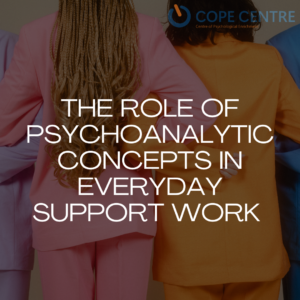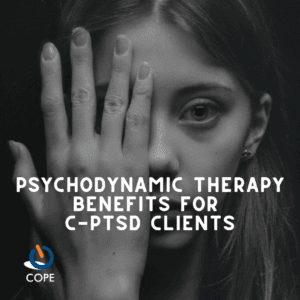How art therapy can help individuals with Schizophrenia and Autism?
Schizophrenia and autism are two distinct and complex neurodevelopmental and psychiatric disorders that affect individuals’ ability to communicate, socialise, and engage with the world around them. Autism Spectrum Disorder (ASD) is characterised by difficulties in social interaction, communication challenges, and a tendency toward repetitive behaviours. Schizophrenia, on the other hand, is marked by disruptions in thinking, perception, emotions, and behaviour, leading to symptoms such as hallucinations, delusions, and cognitive impairments. Both conditions can significantly impact daily functioning and quality of life, making effective therapeutic interventions crucial.
Art therapy, a form of psychotherapy that utilises the creative process of making art to improve and enhance the physical, mental, and emotional well-being of individuals, has emerged as a beneficial approach for both autism and schizophrenia. By providing a non-verbal means of expression, art therapy can help individuals articulate their inner experiences, develop coping mechanisms, and improve social and cognitive skills. This therapeutic modality leverages the innate human inclination toward creativity and expression, offering a unique pathway for healing and personal growth.
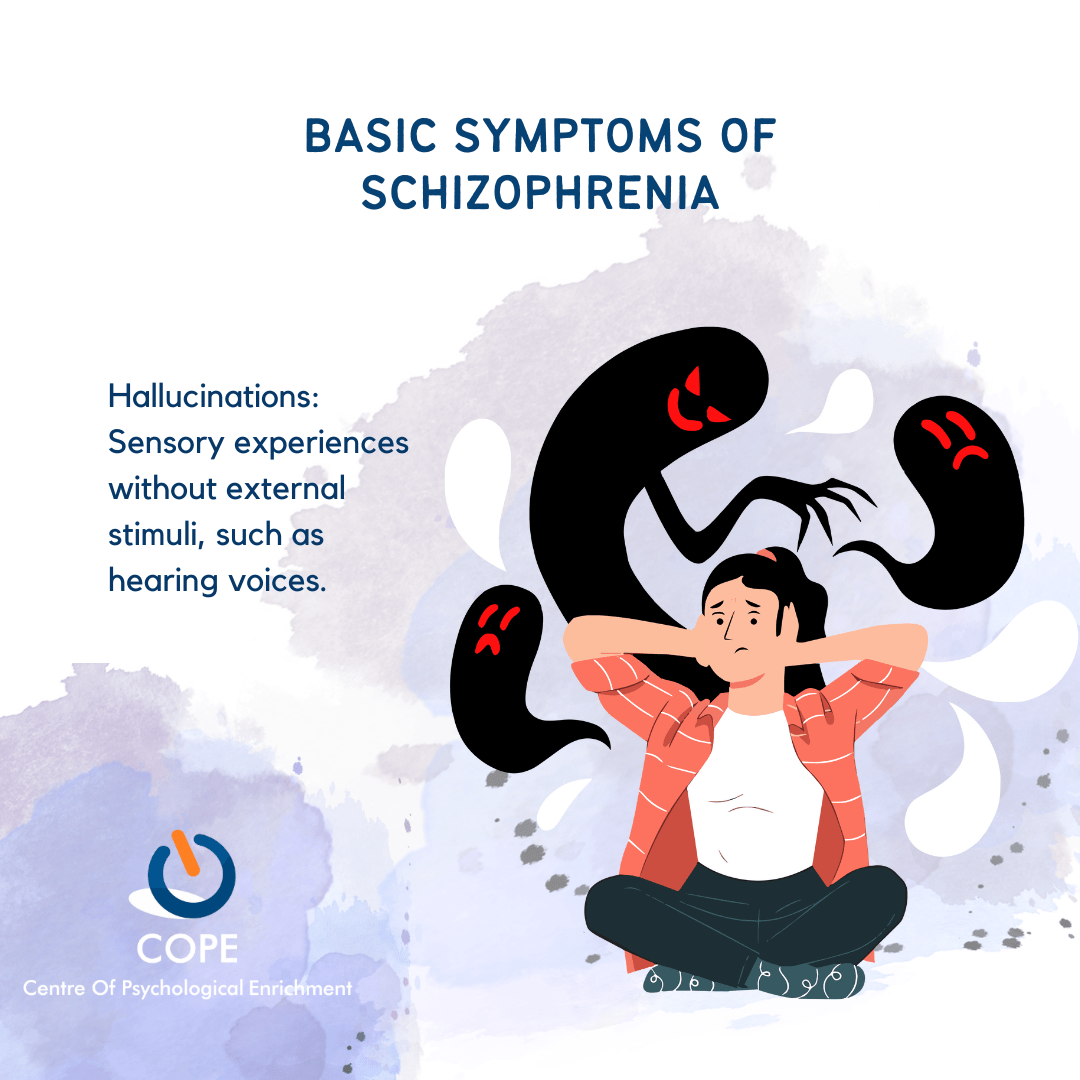
Basic Symptoms of Schizophrenia
Schizophrenia is a multifaceted disorder with symptoms generally categorized into positive, negative, and cognitive symptoms:
Positive Symptoms: These include psychotic behaviours not typically present in healthy individuals.
- Hallucinations: Sensory experiences without external stimuli, such as hearing voices.
- Delusions: Strongly held false beliefs that contradict reality.
- Disorganized Thinking: Incoherent speech and thought processes that can impede communication.
- Movement Disorders: Abnormal movements or lack of movement (catatonia).
Negative Symptoms: These reflect a reduction or absence of normal functions.
- Affective Flattening: Diminished emotional expression.
- Anhedonia: Inability to experience pleasure.
- Avolition: Lack of motivation to initiate activities.
- Social Withdrawal: Reduced participation in social interactions.
Cognitive Symptoms: These impact thinking processes.
- Poor Executive Functioning: Difficulty making decisions and processing information.
- Trouble Focusing: Inability to maintain attention on tasks.
- Problems with Working Memory: Challenges in using and retaining recently learned information.
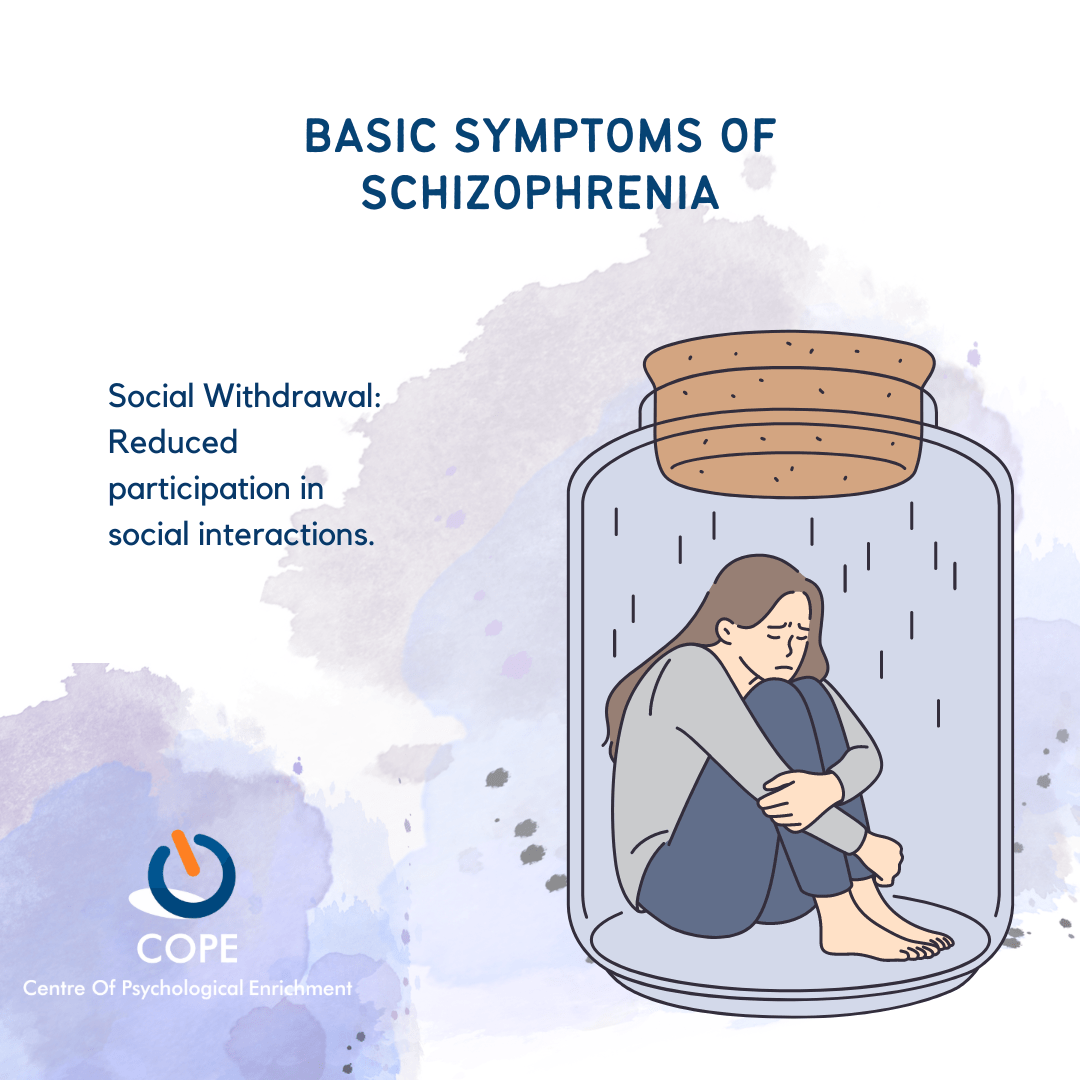
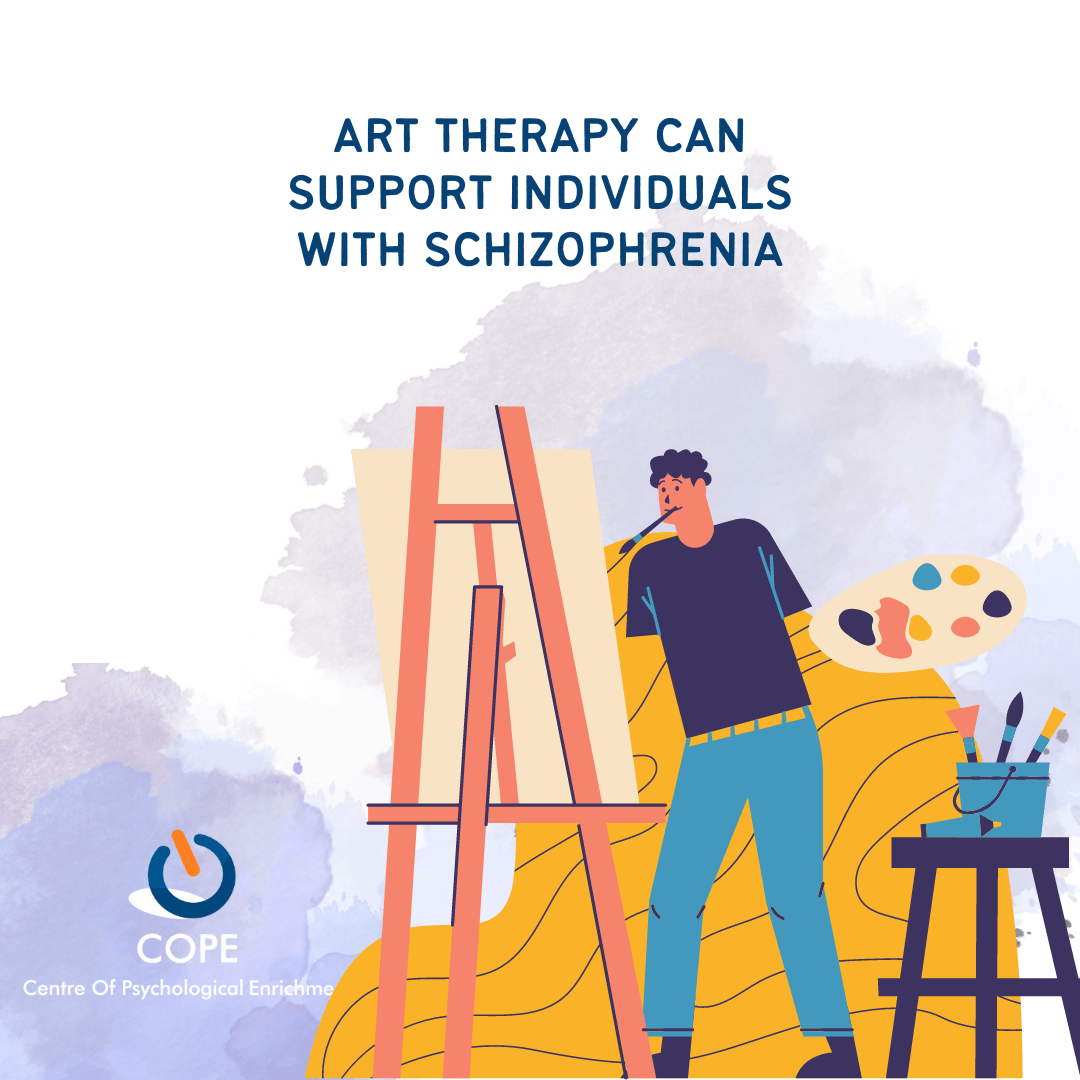
How Art Therapy Can Support Individuals with Schizophrenia
-
Managing Positive Symptoms
Expression of Hallucinations and Delusions: Provides a safe space to explore and express these experiences, aiding in understanding and managing them.
Structured Activities: Helps bring organization to disorganized thoughts and behaviours through guided art projects. -
Addressing Negative Symptoms
Enhancing Emotional Expression: Encourages emotional expression through art, counteracting affective flattening.
Increasing Engagement: Art-making is intrinsically rewarding, helping to alleviate anhedonia and increase motivation.
Improving Social Interaction: Group sessions foster social skills and reduce social withdrawal in a supportive environment. -
Improving Cognitive Symptoms
Enhancing Focus and Attention: Art activities require concentration, which can improve attention spans.
Boosting Executive Functioning: Planning and executing art projects enhance decision-making and cognitive flexibility.
Supporting Working Memory: Complex art tasks can strengthen working memory through practice and engagement.
Art therapy offers a powerful and versatile approach to support individuals with autism and schizophrenia. By tapping into the creative process, art therapy provides a unique avenue for expression, emotional regulation, and cognitive enhancement. For individuals with autism, art therapy can facilitate communication, social skills development, and sensory integration, helping them navigate the complexities of their world. For those with schizophrenia, art therapy can aid in managing symptoms, improving emotional expression, and enhancing cognitive functioning, contributing to a better quality of life.
In both cases, the tailored and supportive environment of art therapy, guided by trained professionals, ensures that each individual’s unique needs are met. Integrating art therapy with other therapeutic interventions can create a comprehensive treatment plan that addresses the multifaceted challenges these individuals face. As a non-verbal and accessible form of therapy, art therapy stands out as an invaluable tool in the therapeutic landscape, offering hope and healing through creativity.
COPE Centre of Psychological Enrichment
Visit us at 2 Lawrence Avenue, West Perth
📞 (08) 6556 6460
📧 [email protected]
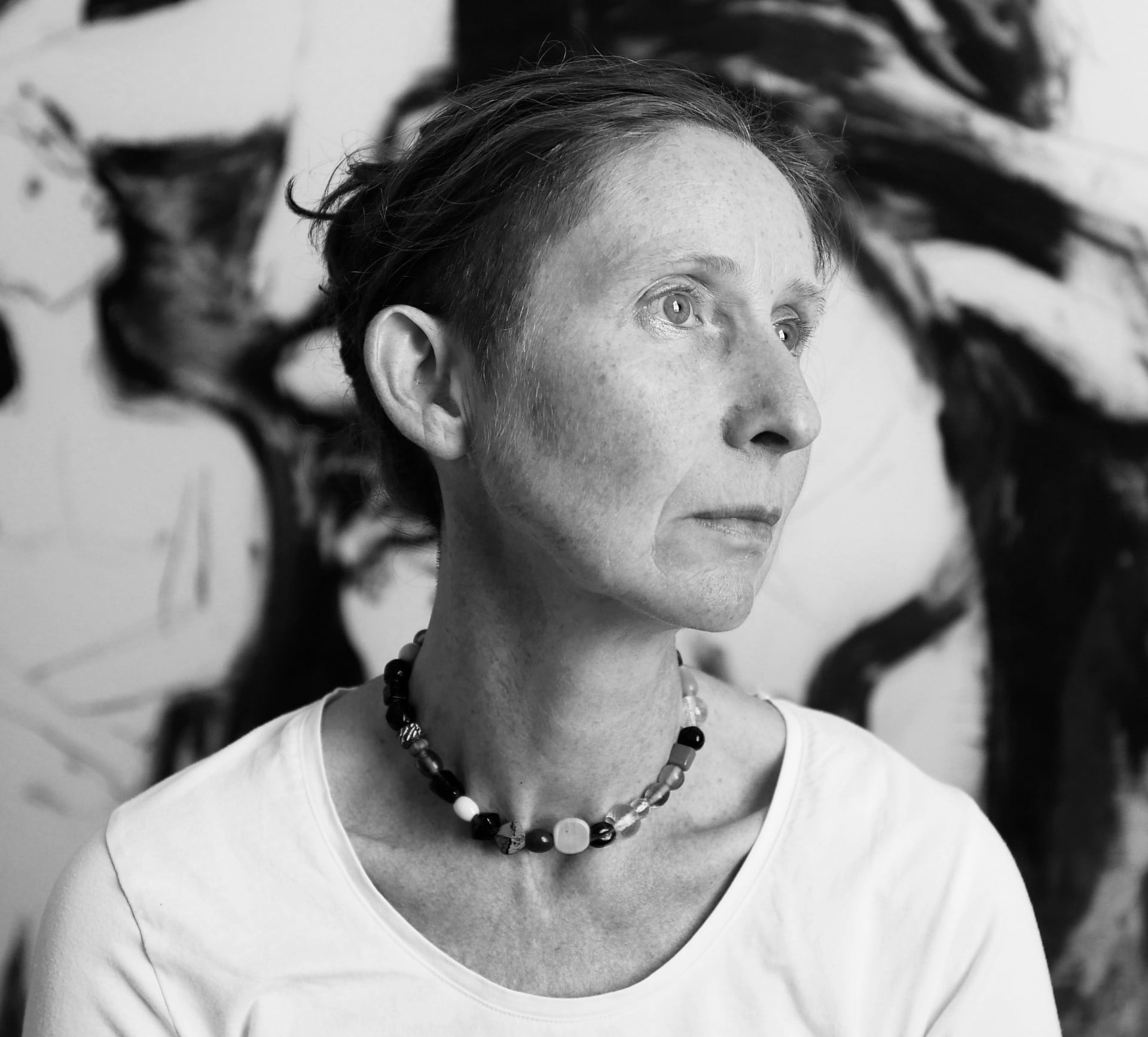
Elisabeth Eitelberger
Art Thepapist

Elisabeth Eitelberger
Art Thepapist
- Phone:(08) 6556 6460
- Email:[email protected]
Our services About – Cope Centre
Follow us here Facebook
